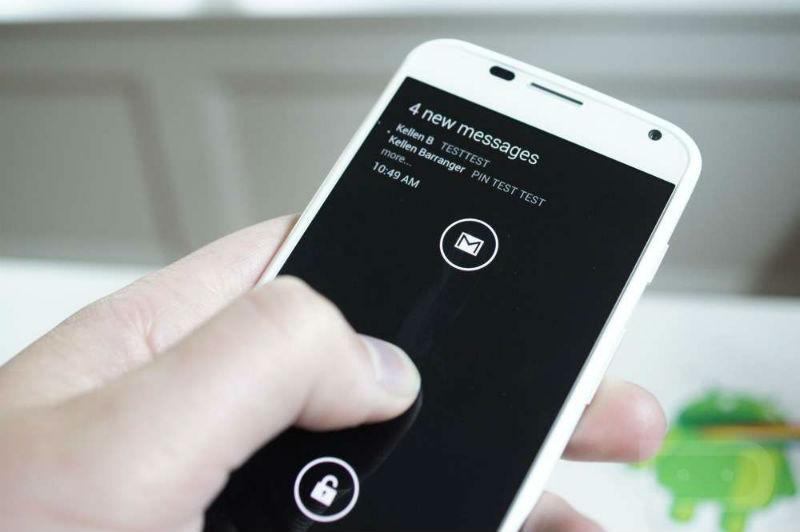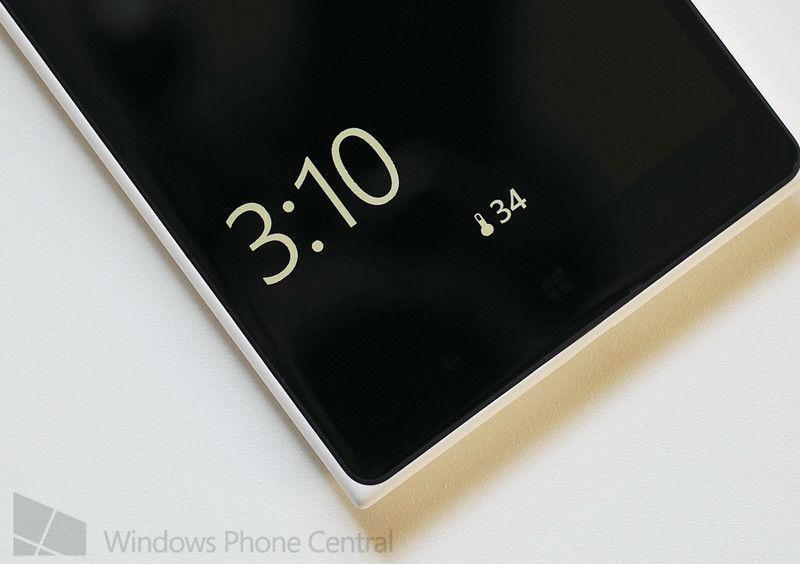
We recently learned of the now official Motorola Nexus 6 device, a device that had been long questioned whether it was real or rumor. Along with the announcement came a lot of celebration for the device, not only because this meant that the Nexus program hadn’t officially gotten the axe, but also because the Nexus 6 packs a lot of great specs and features. I mean, the phone gets 6 hours of battery life off of 15 minutes of charging - that’s pretty swank, right?
But one of the lesser-known features, or perhaps just a feature less talked about, happens to be one of my favorite features of the Nexus 6 - “Ambient Display”.
What is Ambient Display, exactly? Essentially it means that your phone will give you a quick insight of your notifications and date/time just by picking up the phone. No more pressing the home button to quickly turn the screen on and off to check - the sensors already know that you have the phone in hand and does the "hard work" for you. It’s a lazy person’s dream come true, but even if you weren’t to exactly use “lazy” in a list of adjectives to describe yourself, if you’ve never experienced anything like Ambient Display you’re in for a treat if you choose to turn it on.
The Nexus 6 isn’t the first device to feature anything like Ambient Display. Most would describe Ambient Display as being very much like Motorola’s “Active Display”, which is featured on the Moto X; while that’s likely an accurate description of what to expect given that Motorola designed both phones, many also forget that the Nokia Lumia (well, I guess just ‘Lumia’ now) phones also has a similar feature called “Glance”. Admittedly, after using both Active Display and Glance I find that Active Display does a much better job of making the feature worthwhile. Glance will give you an insight as to what you’ve missed, but you still have to do a bit more work to figure out exactly what it was you missed - but this is a bit easier with Windows 8.1, since you can now slide down from the top of your phone’s screen to get to Action Center.

Active Display, on the other hand, shows you icons of messages or notifications that you’ve missed and also gives you a quick preview of the most recent by simply holding your finger down on the unlock button.
Either way you go, all three offer the same basic feature, which is being able to see your notifications easier and without much hassle. It’s probably one of the most mundane features you’ve ever heard of, but if you’ve never had the pleasure to experience Glance, Active Display, or Ambient Display, you might end up feeling the same way I do about it. Once you’ve experienced it, it’s hard to want to go back to anything else.
The only downside to it is that it does seem that by having this feature active you’re losing a bit of battery life. This was something I particularly noticed in Windows Phone and less on the Moto X, but I think the Nexus 6 will probably be able to handle the feature better than either of the other two simply because of how powerful the phone is, not to mention that whole 6 hours of battery life after just 15 minutes of charging perk.
I hope that more devices come out with this feature in the future. Really, just by reading about it you’re probably not convinced that this is a feature you need in a phone - and you don’t need it - but it’s one of those “You don’t know what you’re missing out on until you’ve experienced it” type of deals. Once you try it, you’ll always want it. It’s like you never really noticed how annoying it is to press a button to see your notifications.
I know, I know, first world problems. But still, if you get the chance to own a device that has this feature, turn it on and you’ll see what I mean.
Images via Der Standard, Droid Life, Windows Phone Central